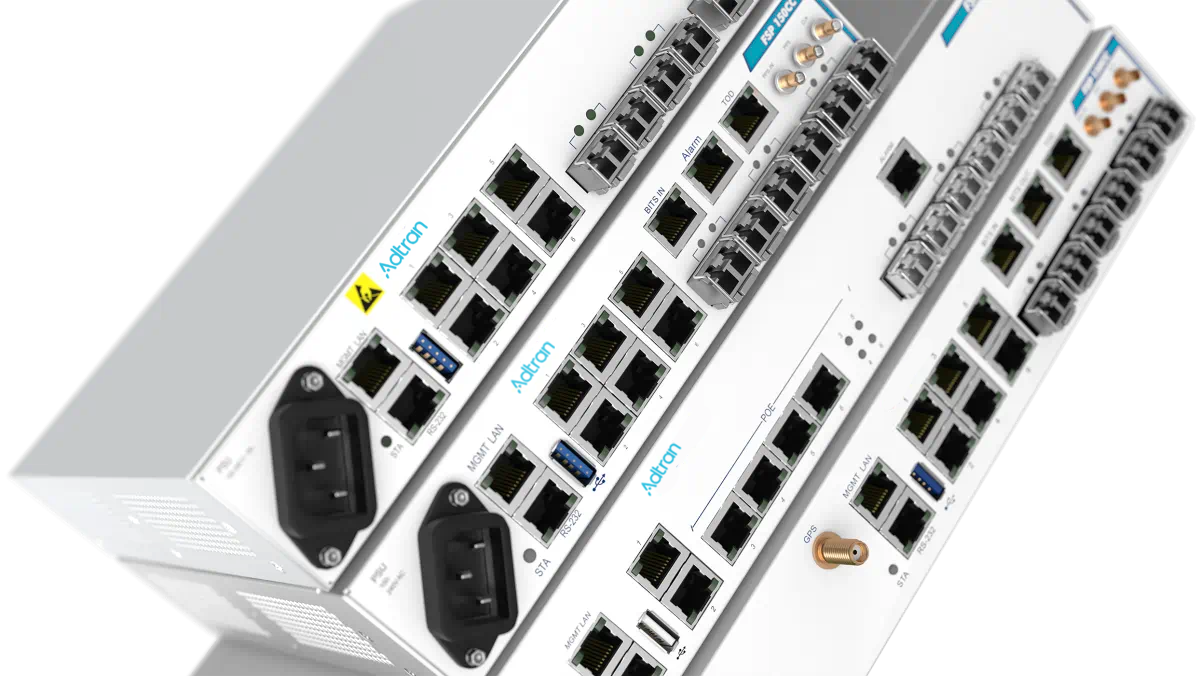FSP 150-GE100 Series
Need cost-effective first-mile Ethernet access?
Our FSP 150-GE100 Series is designed for intelligent service demarcation at the edge of the network. Each aspect of this series is built for cost-effective delivery of assured fiber-based Carrier Ethernet services for mobile backhaul and wholesale Ethernet applications. The series of ultra-compact first-mile demarcation devices provides a full range of multi-rate-capable Ethernet interfaces. Temperature-hardened design with no moving parts and optional network link protection, our FSP 150-GE100 Series ensures the highest service availability even in harsh environments.
Compact Carrier Ethernet demarcation
Cost-effective delivery of assured fiber-based Carrier Ethernet services for mobile backhaul and wholesale Ethernet applications.

... opens new revenue opportunities from the delivery of SLA-based synchronization services.
Highest service availability even in harsh environments
Temperature-hardened and ultra-compact design with optional network link protection.

Maintain QoS commitments for differentiated services
Our CE 2.0 service demarcation and management technology enables you to provide an intelligent Ethernet service demarcation point that is compliant with the latest OAM standards. Focusing on interoperability, our implementation of 802.3ah, 802.1ag, Y.1731 and RFC 2544 enables seamless end-to-end performance management. Our FSP 150-GE100 also features synthetic frame loss and delay measurement for multi-point service monitoring. SLA verification functions are implemented in hardware and can be performed on a per-service basis to ensure strong latency, jitter and packet delivery performance for mission-critical applications.
Ideal for large scale deployment
Low touch provisioning and extensive set of standards-based auto-configuration functions and remote OAM capabilities.

Syncjack™ timing excellence
Including comprehensive Syncjack™ technology for timing distribution, monitoring and timing service assurance, our FSP 150-GE100 Series opens new revenue opportunities from the delivery of SLA-based synchronization services. Offering unique flexibility, the series optionally supports Synchronous Ethernet and IEEE 1588v2. Traditional T1/E1- or GPS-based synchronization can now be replaced with highly accurate synchronization and controlled delivery of timing information across packet backhaul networks.
Related resources
 ;
;

